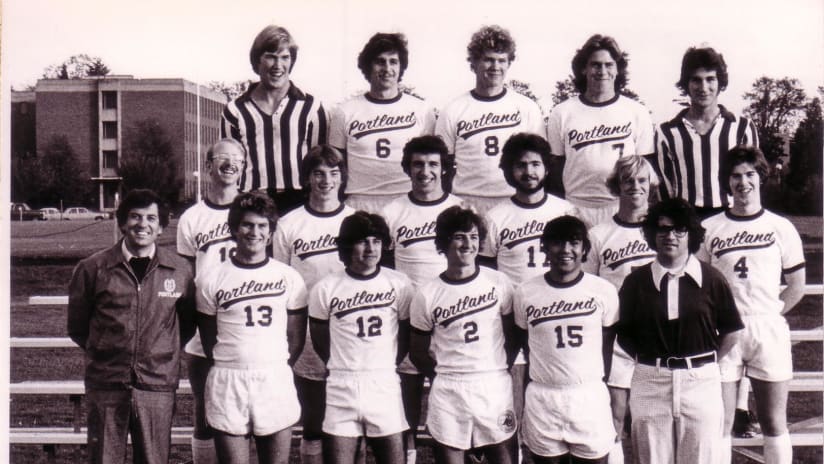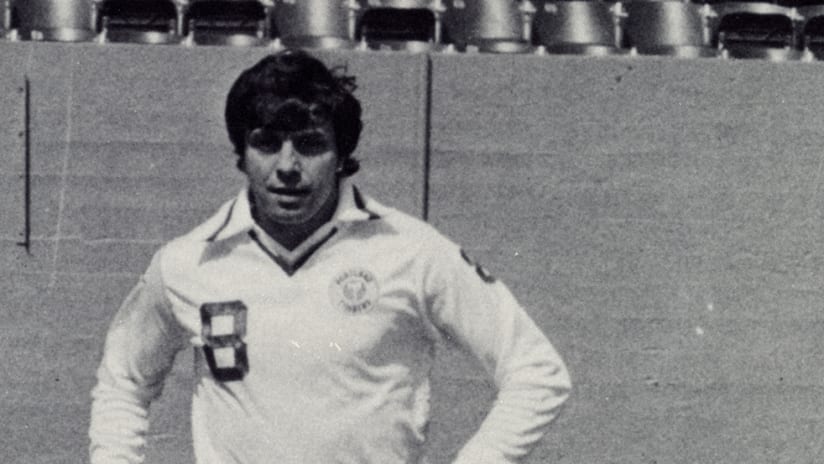With last week’s announcement of new MLS Roster Rules and Regulations for the 2011 season, MLS 101 returns to break down the key changes to the rules.
In general, the new rules allow for larger rosters and more flexibility for teams to construct both their 18-man game day squad as well as to develop emerging talent via Reserve League games and training. Additionally, the larger roster size helps teams competing CONCACAF Champions League games, as well as U.S. Open Cup tournaments and other friendlies by not overburdening players with too many matches.
The salary cap is stretched a bit to fit them but the rules as to who counts towards the cap is also adjusted to account for the new players as well.
In general, the new roster rules mean the potential for greater depth across an entire squad.
Change #1
Old: An MLS team’s senior roster (not including development players) must consist of at least 18 players with a maximum of 20.
New: An MLS team’s senior roster (including developmental players) must consist of at least 18 players with a maximum of 30. With the return of the MLS Reserve League, rosters were expanded so that teams could include players primarily seeing time in the Reserve League on their 30-man rosters.
Change #2
Old: All players on the 20-man roster must be contracted below the league-wide team salary cap, which for 2010 was $2.55 million.
New: Only 20 players on the 30-man roster count against a club’s 2011 salary budget of $2.675 million. The remaining 10 players do not count against the club’s salary budget, and are referred to as Off-Budget Players. Any Generation adidas players on a club’s roster would be included in the OBP.
Change #3
Old: Every player on the 20-man roster earns at least the league minimum salary ($40,000 in 2010, $42,000 in 2011)
New: Players occupying roster spots 1-24 earn at least $42,000 in 2011. Players occupying roster spots 25-30 earn at least $32,600 in 2011. Any player making less than $42,000 must be under the age of 25. T Clubs can leave up to two of the 25-30 roster spots vacant and receive $35,000 for each empty spot as allocation money. All 30 players are eligible for the 18-man game day squad.
Change #4
Old: All Generation adidas players are signed by MLS.
New: Clubs may sign up to two Home Grown Players to Generation adidas contracts. The league continues to encourage teams to develop their own talent, now providing a stipulation that a team can sign a player it developed to a budget-friendly GA contract.
Change #5
Old: In order to sign American players, Canadian teams (Toronto, Vancouver) must use special international slots earmarked for Americans.
New: Americans count as domestic players for Canadian teams. Canadian teams are also required to have at least three Canadian domestic players on their rosters.
Change #6
Old: Clubs receive allocation money for:
(1) missing the MLS Playoffs
(2) having a player transfer to a club outside MLS and relinquishing his rights
(3) being an expansion team
New: Clubs receive allocation money for the three scenarios above, PLUS qualifying for the CONCACAF Champions League. The league installed this stipulation to reward and encourage teams who further the growth and success of MLS by making it to the international stage that is the CCL.
Change #7
Old: A club may sign a player to his first professional contract without subjecting him to the MLS SuperDraft if the player has trained for at least one year in the club’s youth development program. Teams are limited to three such Home Grown Player signings per year.
New: There is no limit to the number of Home Grown Players a club may sign.
Unchanged rules:
Designated Players are any players who are paid by the teams and not the league, and who earn more than $335,000. The budget charge for a Designated Player is $335,000, but that number can be ‘bought down’ with allocation money, lessening the impact on a team’s overall salary cap. The reduced budget number for the designated player may not be less than $150,000.
Each team may sign up to three Designated Players, which may be international or domestic players. An International designated player does occupy an international slot. A team may sign two Designated Players with no penalty; however, if a team signs a third Designated Player, it must pay MLS a $225,000 fee, which is divided among all teams with fewer than three Designated Players.
Each team is allotted eight international slots, which may be traded to other teams. Designed Player slots, however, are not tradable.
A team retains the rights of any unsigned, drafted players by placing the player on its College Protected List until the second December 31 following the draft in question.
Clubs can make discovery claims on unsigned players not yet under MLS contract, who are not subject to acquisition through allocation ranking (returning U.S. national team players) or lottery (draft-eligible players signed after the MLS SuperDraft) mechanisms. Each club can make six discovery signings per season (expansion teams can make 10). Teams may remove or add players to their discovery lists at any time until the Sept. 15, 2011, roster freeze date. When a discovery tag is placed on a player, that team retains exclusive negotiating rights with him. In the event that two teams place a discovery tag on the same player, then the priority reverts to the MLS allocation ranking.
In conjunction with the new roster rules announcement, MLS also announced that the Houston Dynamo will move to the Eastern Conference starting in 2011, following the addition of Portland and the Vancouver Whitecaps to the Western Conference, giving both conferences nine teams.
Feature
MLS 101: 2011 Roster Rules and Regulations


Reduced Price! Save on your seat to every match
An easy way to secure your seat to the Timbers remaining home matches this season - now for just $169. Book your seat via text and save on each ticket.
-
3:39
"It's going to be very important to defend the space" | Maxime Crépeau on facing STL
-
5:20
"At this stage of the season, everybody wants to play" | Phil Neville on busy stretch of games
-
Timbers All-Time XI, presented by Toyota: Midfielder Darlington Nagbe
-
1:22
Midfielder Darlington Nagbe | Timbers All-Time XI, presented by Toyota
-
0:55
Zivin sets up what to watch for in St. Louis | The Matchup
-
Timbers rookie defender Ian Smith on his first MLS goal | Talk Timbers
-
Timbers All-Time XI, presented by Toyota: Defender Clive Charles










